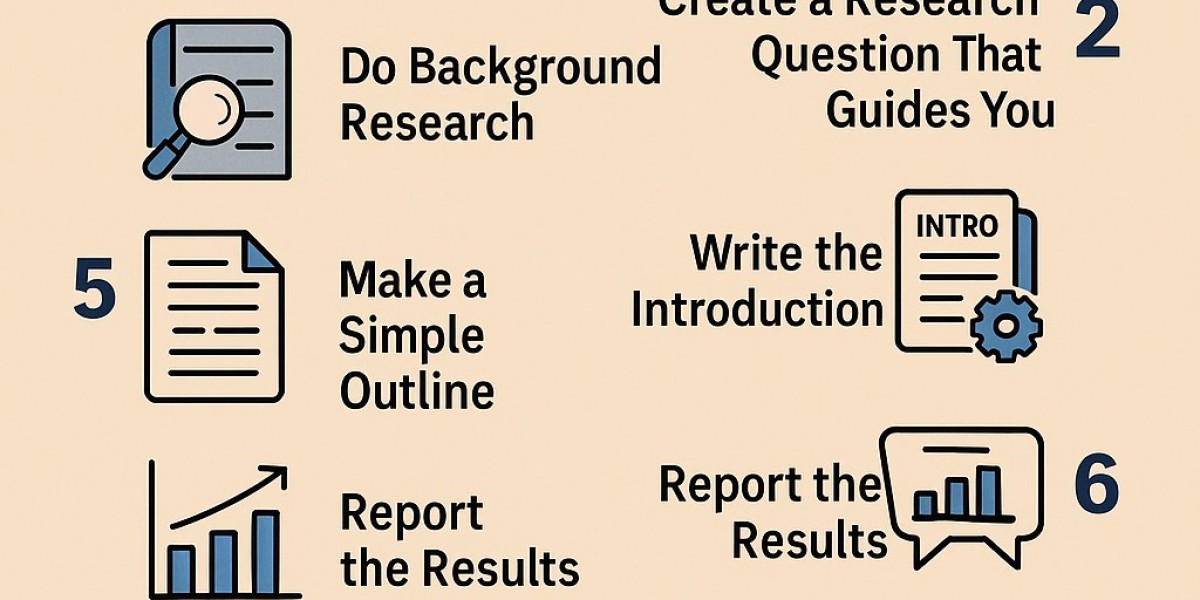Understand What Makes a Psychology Paper Work
A psychology research paper is more than facts. It tells a story backed by data. You start with a question, look at what others found, then share what you discovered. It sounds like a lot, but with the right plan, it’s completely doable—even enjoyable.
Step 1: Pick a Simple, Smart Topic
The right topic makes everything easier. Choose something clear and narrow. For example:
- ✅ Bad topic: “Depression in young people”
- ✅ Better topic: “How social media affects depression in teenagers”
Ask yourself:
- Can I find enough studies on this?
- Does the topic fit the assignment?
- Will my readers understand it easily?
Step 2: Create a Research Question That Guides You
Your research question keeps your writing on track. Make sure it’s focused and answerable. This is where your critical thinking comes in.
Example questions:
- Does daily meditation improve concentration in college students?
- How does parental behavior impact childhood aggression?
A good research question is like a map. It tells you where to go and what to look for.
Step 3: Do Background Research
This is where your detective skills come in. Look for academic journals, trusted websites, and psychology books. Take short notes. Save links and titles.
What to look for:
- Previous studies on your topic
- Gaps in research
- Interesting patterns
This helps you avoid repeating known ideas and build something fresh.
Step 4: Make a Simple Outline
Don’t start writing yet. First, plan your paper with a simple outline. Think of it like the blueprint for a building.
Your paper will include:
- Title
- Abstract (a short summary)
- Introduction
- Methods
- Results
- Discussion
- Conclusion
- References
An outline keeps your ideas in order and saves time.
Step 5: Write the Introduction
Begin with why your topic matters. Mention earlier studies, then introduce your question. End this part with your hypothesis—your guess based on research.
Keep it short. Keep it clear.
Step 6: Share the Method
Explain what you did and how you did it. Use simple words. Mention who took part, how you collected data, and what tools you used.
Someone reading your paper should be able to repeat the process.
Step 7: Report the Results
Now, just the facts. Use tables or charts if needed. Say what you found without giving your opinion yet.
Keep it honest. If the data was unclear or unexpected, say so.
Step 8: Discuss What It Means
Now tell the story behind the results. Do they match what others found? What surprised you? What are the limits?
Also, suggest ideas for more research in the future. Keep your tone factual and open.
Step 9: Write a Strong Conclusion
Wrap it all up. Restate your question and findings. Don’t add new info. This is your final impression—make it count.
Step 10: List Your Sources
Use APA format. Every source you used must be listed. This gives credit and shows your paper is trustworthy.
Helpful Reminders Before You Submit
- Stick to short, clear sentences.
- Avoid jargon and fancy words.
- Edit twice—once for spelling, once for clarity.
- Read it out loud.
- Ask a friend to review it.
If you’re still unsure, getting psychology assignment help from a trusted expert can give your paper the boost it needs—whether for better structure, stronger language, or proofreading.
Final Thought
Writing a psychology research paper can be simple when you break it down step-by-step. Choose a smart topic, ask the right question, follow the structure, and support your ideas with research. Keep your writing clean, direct, and human. Whether you're new to psychology or a regular writer, these steps can help you write with more ease and less stress.






